Soil is the fabric beneath our feet. It provides for us in many ways people don’t realise. Fertile soils produce 95% of all food, supporting crop growth and livestock grazing. It gives us all the timber, pulp and paper we rely on for housing, packaging and currency, among other things. But soil isn’t just a factor of production; it’s an environmental asset. It stores 80% of carbon in terrestrial ecosystems and supports vital waterways. If we are to preserve all the ecosystem services of our soils we must shift our thinking and start treating them as our most valuable asset; an asset that sustains life on Earth, including our own.
Soil isn’t just a factor of production, it’s an environmental asset; an asset that sustains life on Earth, including our own.
Tomorrow is World Day to Combat Desertification and Drought, an important day to remind ourselves that less than 25% of the Earth’s land surface has escaped the substantial impacts of human activity. By 2050 experts estimate this will fall to less than 10%.
It is also an important day to start taking action, especially given 23% of all land is no longer productive. Agricultural land is deeply affected. 52% of all farmland is degraded or disused and carbon stored in agricultural soils has decreased due to unsustainable practices, for instance by 50% in Tanzania. Since carbon doesn’t simply disappear, it is not difficult to understand where it is now: in the atmosphere contributing to climate change. As the global population grows, demand for land and pressure on soils will only increase unless we tackle how it is currently used and managed.


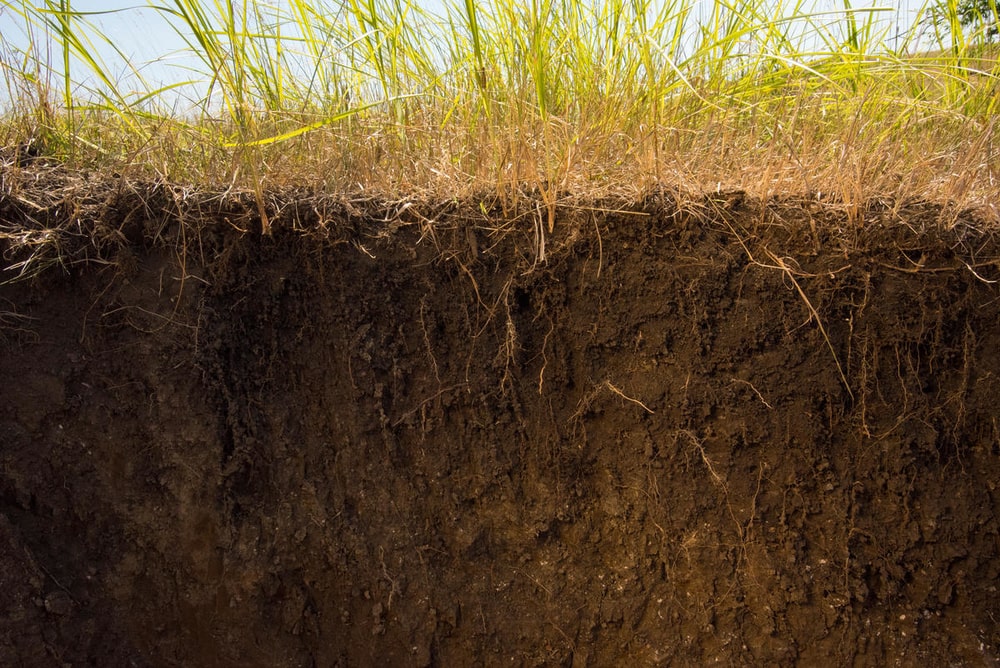
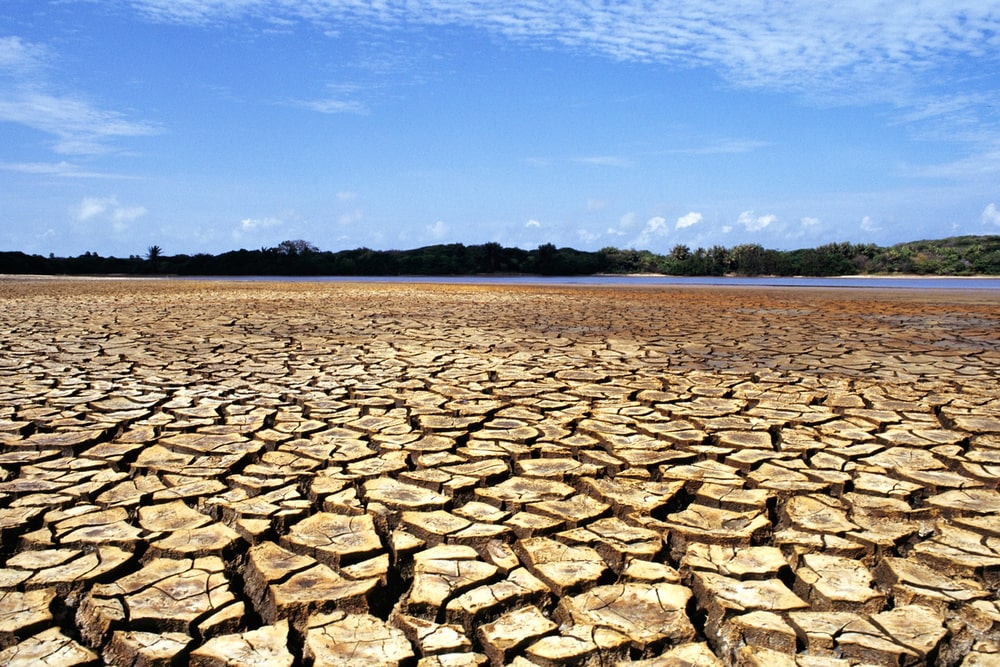
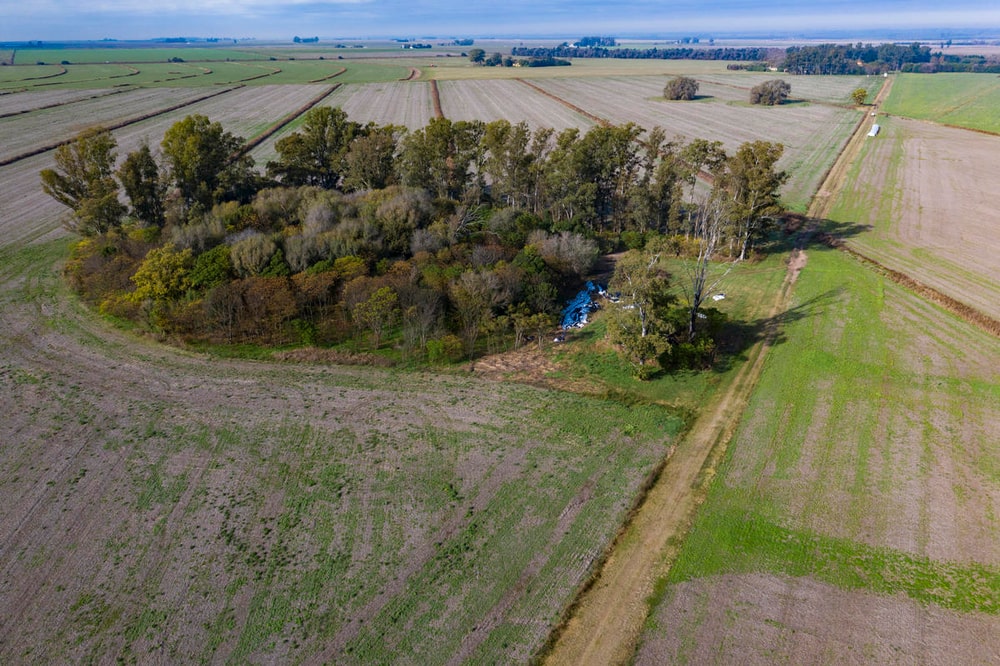
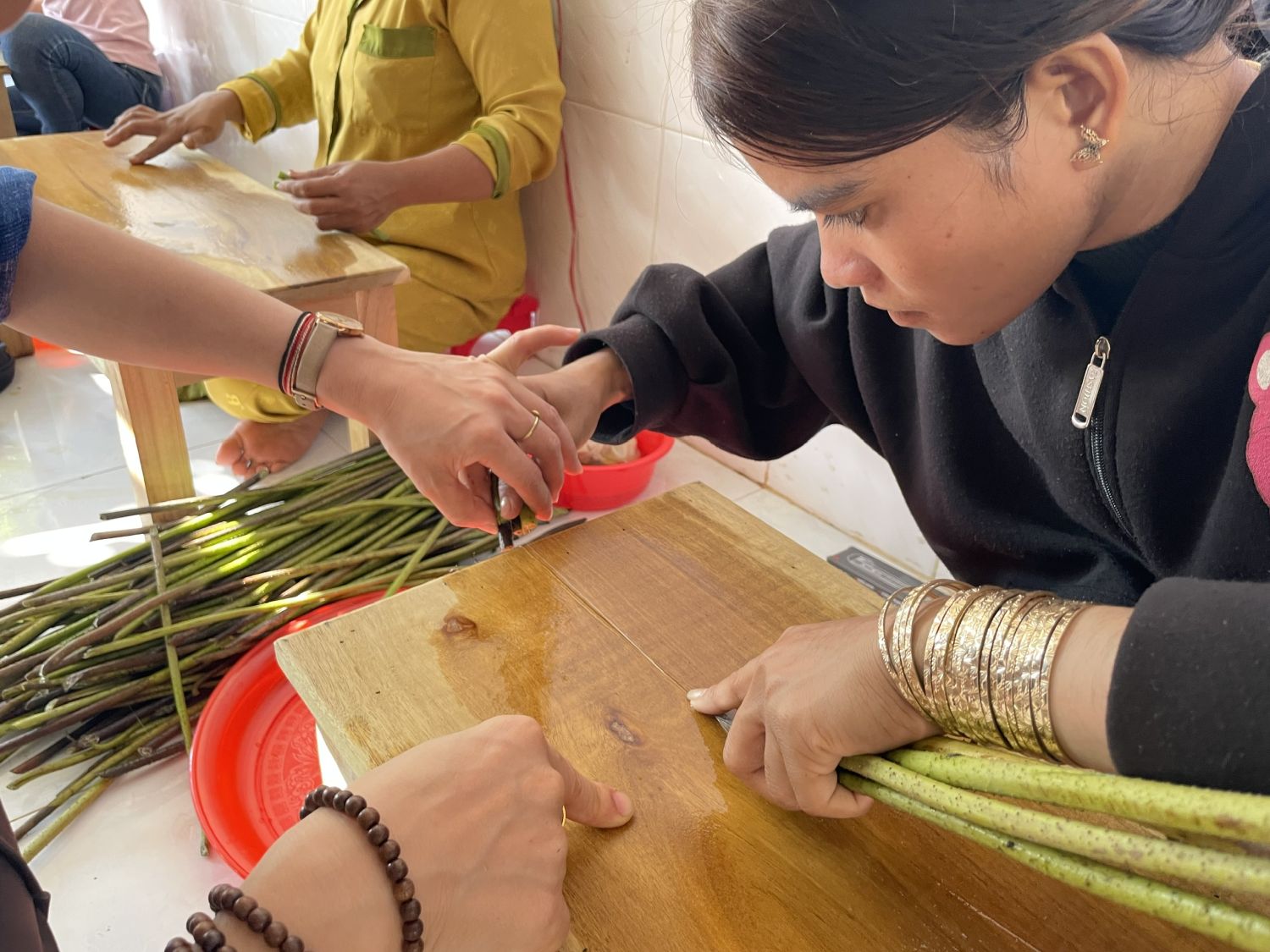
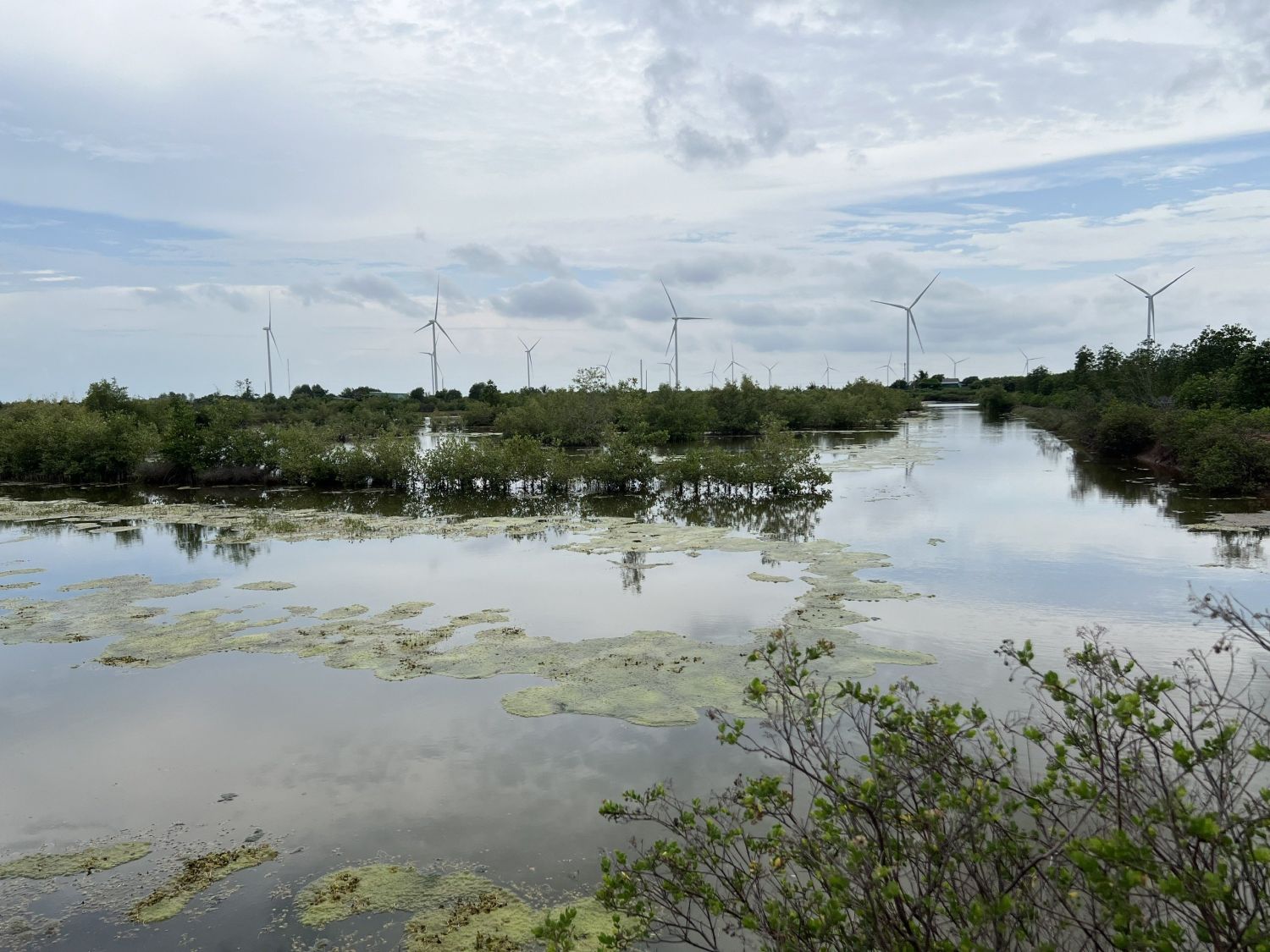
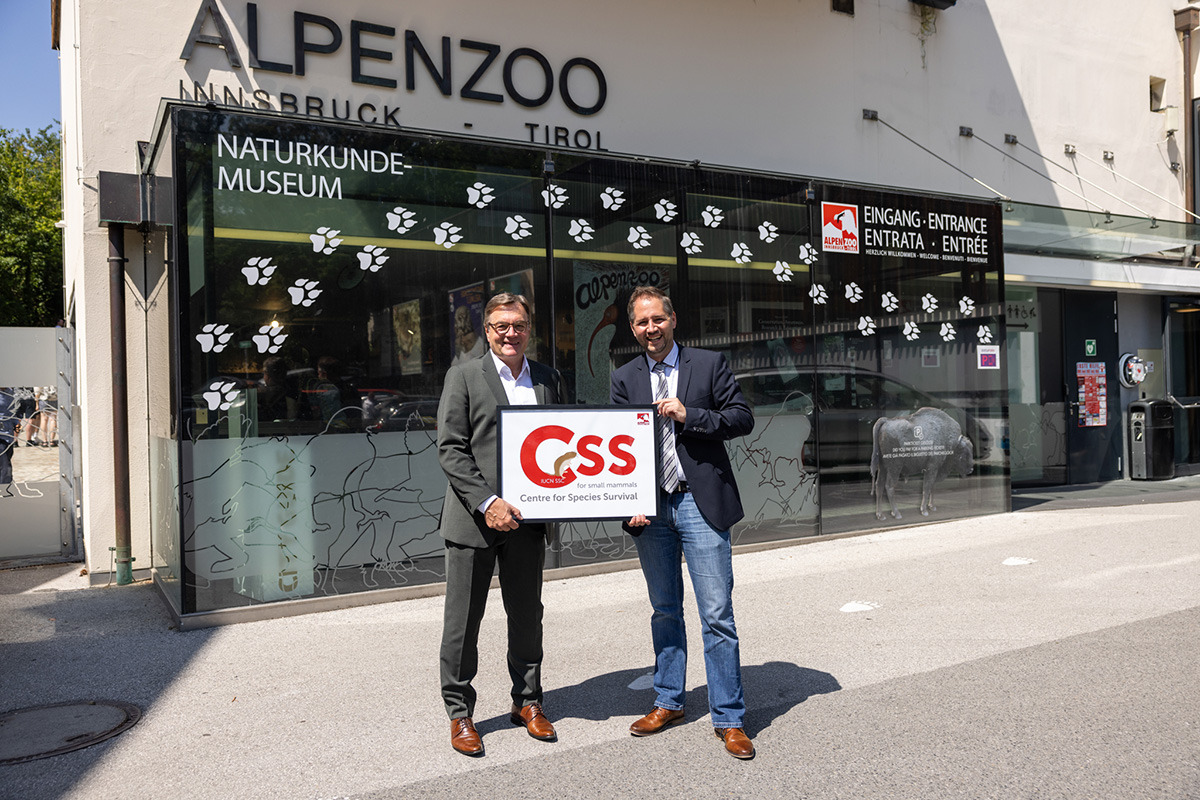

Add new comment